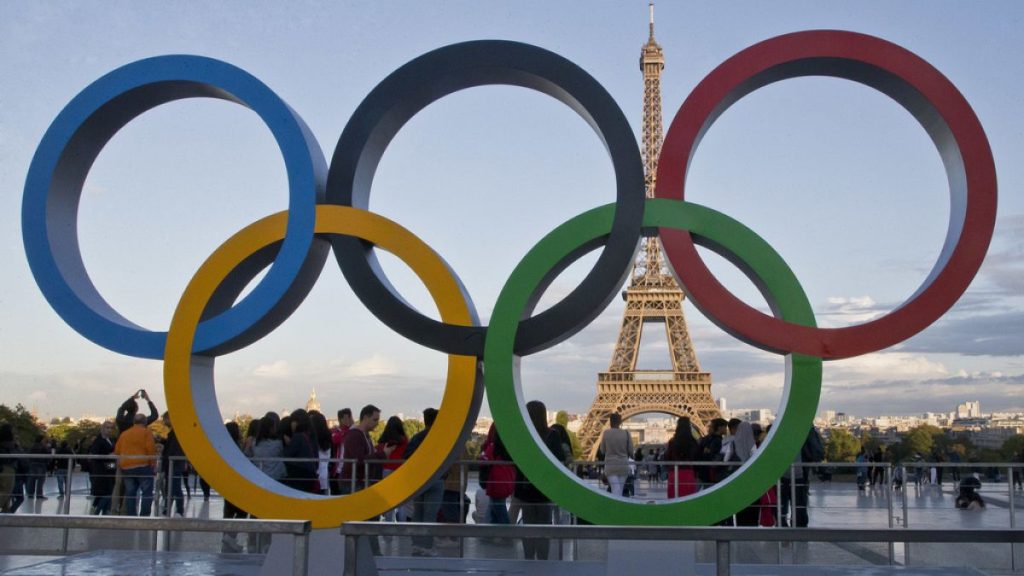The International Olympic Committee has announced that the upcoming 2024 Paris Summer Games will be the first gender-equal Olympic Games in history, with a 50 per cent participation rate between men and women. This achievement follows the nearly equal participation of men and women in the 2021 Tokyo Olympics, where 48.8 per cent of participants were women. While the IOC has made efforts to ensure gender parity by modifying certain events to include both men and women, there are still more events reserved for men’s sports than women’s during the upcoming summer games. Michele Donnelly, an assistant professor of sports management, emphasizes that parity is not the same as gender equality, as it is important for men and women to have the same conditions of participation in addition to the same number of opportunities.
Despite progress towards gender parity in the Olympics, gender-based differences still persist during the Games, such as variations in race lengths, equipment sizes and weights, and required uniforms for men and women. Some sports, such as archery, triathlon, and badminton, do not differentiate based on gender, but remain rare within the Games. Michele Donnelly expresses concern over claims of achieving gender equality, as women are still vastly underrepresented as coaches or technical officials. She warns that the goal of achieving parity within the Games should not involve taking away opportunities from men to create additional opportunities for women, as this is not true gender equality and can have negative consequences for the athletes.
The road to gender parity in the Olympics has been long, with women initially barred from competing in the first modern 1896 Olympic Games by the founder of the IOC, Baron Pierre de Coubertin. It wasn’t until 1900 that 22 women were welcomed to compete in five women’s sports, and women did not make up more than 10 per cent of participants until 1952. The IOC officially added full gender parity as one of its goals in 2014. Despite these advancements, challenges still exist in achieving true gender equality in the Olympics, with the need for equal conditions of participation and representation for men and women.
While the IOC has made strides in achieving gender parity in the Olympic Games, challenges and disparities still exist for women, both in terms of representation and equality in the Games. The focus on numerical parity between men and women must be accompanied by efforts to ensure equal conditions of participation and representation for all athletes, regardless of gender. Michele Donnelly underscores the importance of not just achieving numerical equality but striving for a fuller understanding of gender equality that encompasses equal opportunities and conditions for men and women. Moving forward, continued efforts and awareness are needed to address the remaining obstacles to true gender equality in the Olympic Games.
In conclusion, the International Olympic Committee has made progress towards achieving gender parity in the upcoming 2024 Paris Summer Games, with an equal participation rate of men and women expected. However, there are still challenges and disparities that need to be addressed, such as gender-based differences in races, equipment, and uniforms. While the Olympics have come a long way in terms of gender equality since its inception, there is still work to be done to ensure that men and women have equal opportunities and conditions of participation. The journey towards true gender equality in the Olympics continues, with the need for continued efforts and awareness to overcome the remaining obstacles.


